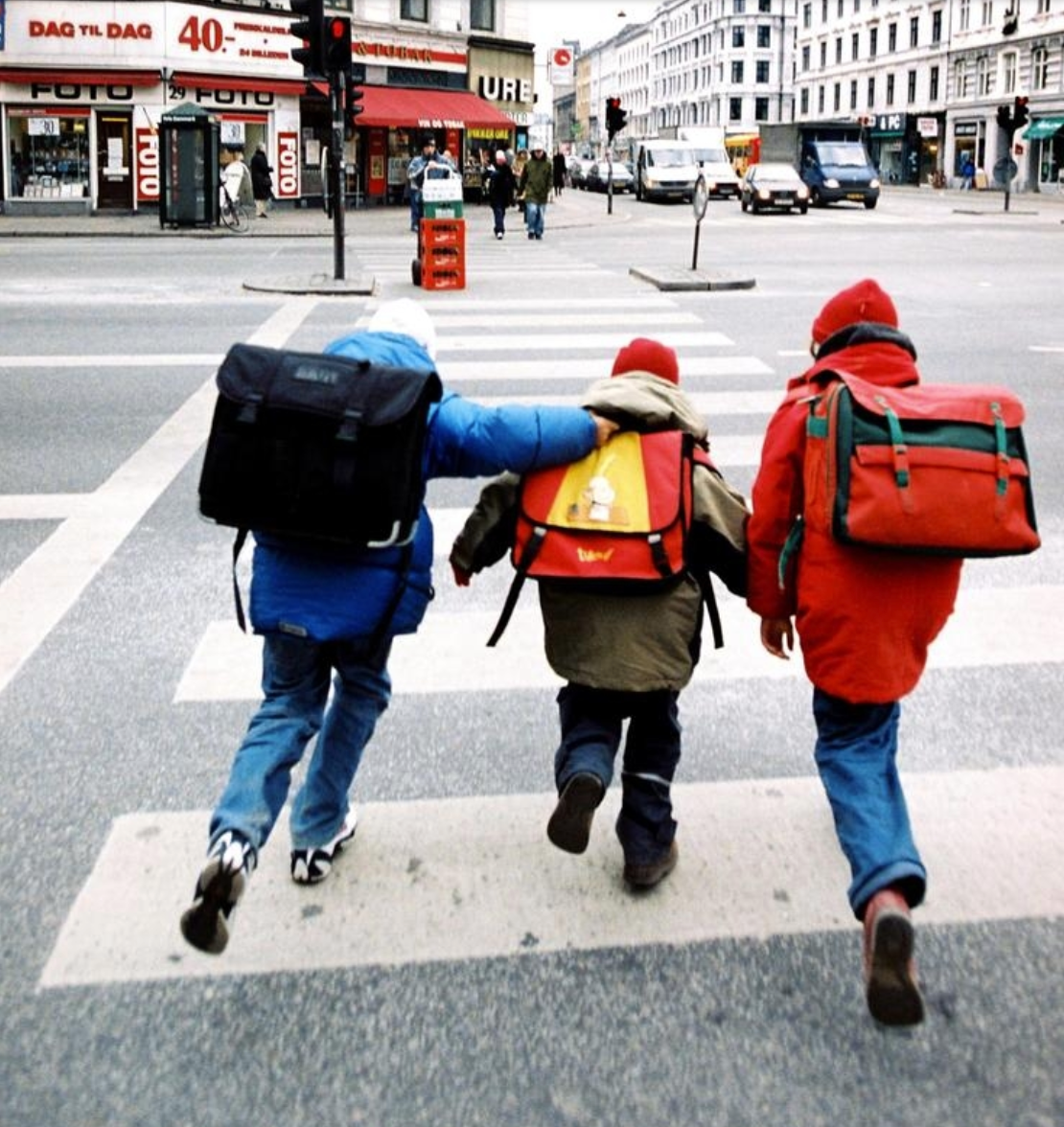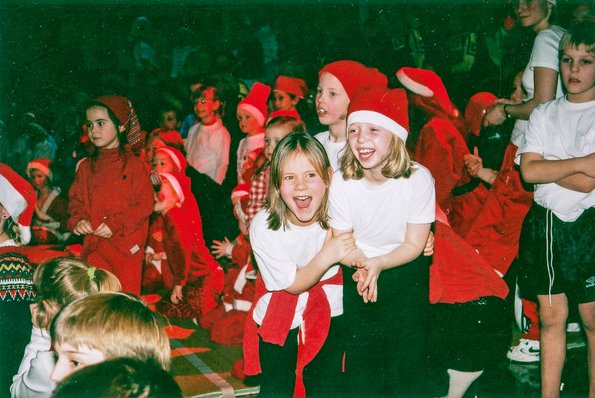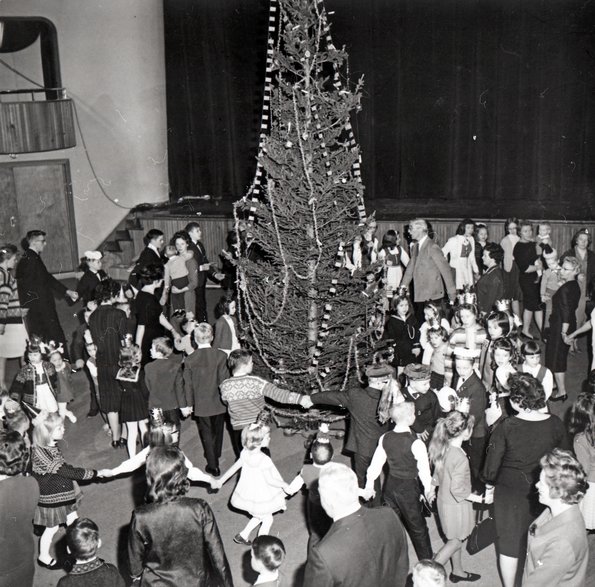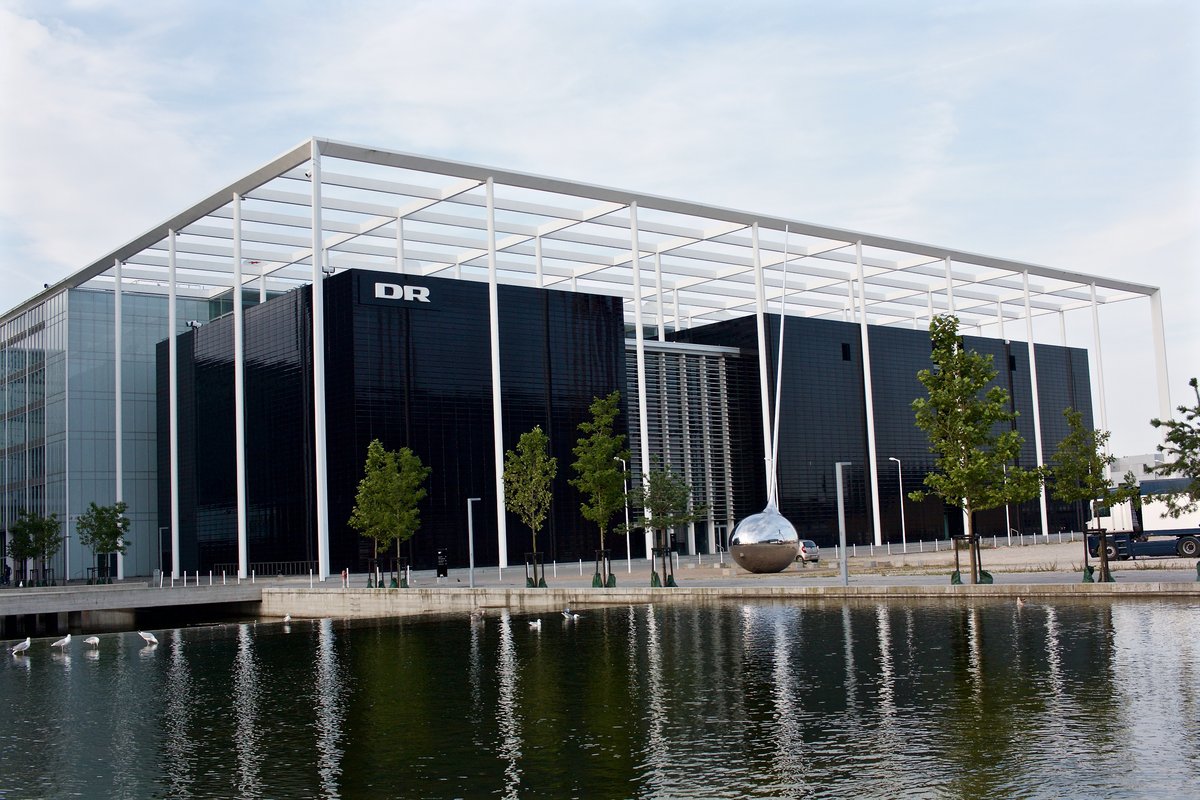Christmas as culture or religion? Trends in Denmark and Norway
’Christian cultural heritage’ is widely discussed in public debates in Denmark and Norway, and often in polarising political discussions on integration. Headteachers and managers at public broadcasting services understand what is meant by Christian cultural heritage in different ways and likewise incorporate it in school curricula and TV programming differently. Some see Christian cultural heritage as fixed and self-evident, whereas others see it as a lived practice that develops and changes over time.

Christian cultural heritage in Denmark and Norway
Like elsewhere, ’Christian cultural heritage’ is widely discussed in public debates in Denmark and Norway, and often in polarising political discussions on integration. The concept of Christian cultural heritage is used as a broad term to refer to aspects of culture that are somehow also linked to Christian traditions. This could include practices such as Christmas, but also ideas and values. Evangelical Lutheran Christianity is the dominant religion in both countries, and at the beginning of 2020, 74% of inhabitants in Denmark were members of the Church of Denmark and 68% of inhabitants in Norway members of the Church of Norway. While both of these states are theoretically secular, the dominant religion characterises cultural heritage generally and thereby, wittingly and unwittingly, seeps into policy-making in various ways.
The debate about how religion is taught in Danish and Norwegian schools is a good example: some academics argue that Christianity is promoted as an almost unquestioned ”universal life philosophy and ethics” in teaching contexts - which can even exclude other religious perspectives (Jensen & Kjeldsen, 2013, p. 216), whereas others tend to see the dominance of Christianity as a matter of cultural tradition and history. In Norway, there is a rule that alternative services must be provided for pupils not attending Church services, whereas there is no such rule in Denmark. In both countries, careful consideration of practices outside the classroom, such as Christmas services or Lucia processions, is apparent, especially at schools with greater ethnic diversity.
Public Service Broadcasting in the two countries is similarly obliged to incorporate culture and history in their programming. They, like schools, have to balance both the rules on the one hand, and demands from their target groups on the other. On top of this, they have to navigate in an evolving landscape where practice and societal norms change quickly, and often depend on context and location. Looking at programming for children at Christmas, for example, it is possible to discern a greater level of inclusivity of diverse cultures at NRK, the public broadcaster in Norway, than at DR, the equivalent in Denmark. This also reflects different ideals of public broadcasting for children. Whereas NRK is eager to be for all children, DR tends to see themselves as an option among others.
Interviewing society’s influencers
We wanted to investigate how Christian cultural heritage is understood in practice within these two areas of public services, namely, in schools and broadcasting aimed at children. To do this, we interviewed a number of headteachers in Denmark and Norway, and managers at NRK (Norsk Rikskringkastin) and DR (Danmarks Radio) in 2019 and 2020, and focused on their practices to do with Christmas. How do these actors operationalise Christian cultural heritage?

Various theoretical approaches were used to analyse the interviews, mainly taken from the literature on citizenship discourse, Christian heritage, and cultural heritage in general. These approaches are explored in more detail in our article ’Negotiating Christian Cultural Heritage: Christmas in Schools and Public Service Media’. One useful theoretical framework is Duyvendak and Tonkens’ restorative and constructivist approaches to culture. In the restorative view, culture is self-evident and there is little need of explanation; it is fixed and generally known. The constructivist view differs in that it refers to culture as something less fixed - ”as a process in the making” (Duyvendak and Tonkens, 2016, p.6). They take the view that constructive notions of culture facilitate access to full citizenship better than restorative notions, arguing that a constructivist view leaves more room for “immigrants and natives who do not adapt to dominant groups and their norms” (p. 8).
How do society’s influencers navigate competing demands?
We found that the main aim of Christmas activities across schools and broadcasting is to live out, express and enhance the experience of community. Community points to inclusivity and connecting across potential cultures. Doing the same thing every year reinforces the idea of tradition and community. It is challenging to label activities or programmes as ’religious’ or ’secular’, despite some obviously being so, as the landscape is more complex and fluid than this suggests. However, in public debate, simplistic labelling is often used for political ends; political actors on both the right and the left use religiously coded language directly or indirectly to include or exclude certain groups (van den Hemel, 2018). Our study shows that such debates do indeed have an impact on how school principals understand and carry out Christmas activities, not least because most school principals are sensitive to their schools’ cultural and religious diversity and want to do a good job.


In Norway, both in schools and broadcasting, a more constructivist approach was generally taken than in Denmark. For example, at NRK, efforts are made to cover other religions, such as Islam, within programming around Christmas time, something which would be unthinkable according to the manager interviewed at DR. At a school in the metropolitan area of Oslo, a new ceremony has been started at Christmas time which takes place outside and is a shared celebration without reference to specific Christian elements to do with Christmas. Influencers in Norway appear to be concerned with minority children experiencing being a part of the community. In Denmark, we find a more restorative view where influencers seek to make minority children knowledgeable about majority culture for them to be able to navigate in it. Thus, the two strategies have different expectations to the relationship between majority culture and minority groups in society.
Programmes specifically produced for the period of advent are common in the Nordic countries, and Norway and Denmark are no exception. The content of these programmes is often directly or indirectly linked to Christianity, and people value them because they are traditional, often harking back to a time perceived as being in the past. Churches and church services are also in some respects seen as continuing something important and enriching from the past, and they are often considered thus rather than being part of a new, lived tradition, or a heritage formation process. They are talked about with the language of ”museumification” (Meyer and de Witte, 2013, p.276). In this sense, it could be argued that they are more restorative under Duyvendak and Tonkens’ framework.
Slightly differently from Duyvendak & Tonkens' findings, we found that the difference between the constuctivist and restorative approach is not merely a matter of whether or not tradition is open for renewal. Rather it is also a matter of different – implicit – expectations to minority groups where a constructivist approach might be said to be both more inclusive and more demanding. A constructivist view combined with citizenship as deemed by the experience of community tend to facilitate feeling rules that expect everybody to participate in order to demonstrate their belonging to that community. Additionally, a restorative view of culture makes cultural conventions available and is not necessarily suppressive when it is combined with more functional notions of citizenship; in such an understanding, knowledge of majority traditions suffices without attaching specific feelings or experiences to it.
The spectre of cancelling advent TV shows and Christmas church services has attracted a lot of debate in the media, arguably putting more pressure on headteachers and public broadcasting managers. On the one hand, they are accused of going too far to accommodate non-Christian religions, which are posited as threatening the national, traditional way of life. On the other, they are accused of excluding minority sections of the community. We found that they actually navigate this complex landscape rather well, negotiating traditions and activities for the benefit of all. But a crucial building block for doing this was to negotiate Christian cultural heritage more widely as culture and not religion.
Further reading:
- Ernst van den Hemel, ’Post-Secular Nationalism: The Dutch Turn to the Right & Cultural- Religious Reframing of Secularity’, in Hans Alma and guido (ed.), Social Imaginaries in a Globalizing World (De Gruyter: Berlin, 2018), pp. 249–263.
- Jan Willem Duyvendak and Evelien Tonkens, ‘Introduction: The Culturalization of Citizenship’, in Jan Willem Duyven- dak, Peter geschiere and Evelien Tonkens (eds), The Culturalization of Citizenship: Belonging and Polarization in a Globalizing World (London: Palgrave Macmillan UK, 2016), pp. 1-21.
- Laura Gilliam, ‘Secularities-in-Practice: Accommodating Muslim Pupils and Pre- serving Danish Identity in Multi-Ethnic Danish Schools’, Journal of Religion in Europe, 12, 1 (2019), pp. 1–26.
- Tim Jensen and Karna Kjeldsen, ‘RE in Denmark: Political and Professional Discourses and Debates, Past and Present’, Temenos, 49, 2 (2013), pp. 185–224.
